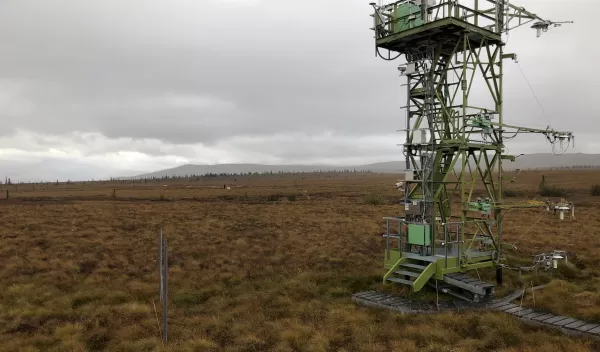
Unfrozen layers in dryland permafrost are unexpected source of methane
Permafrost is permanently frozen soil in the coldest areas of the planet. Although it has trapped organic carbon from the remains of plants and animals that died and froze thousands of years ago, rising temperatures are thawing the soil, releasing this carbon to microbes that convert it to methane, a potent greenhouse gas.
A new U.S. National Science Foundation-supported study reveals that dryland permafrost’s unfrozen layers, called taliks, produce an unexpectedly large amount of methane, raising concerns about its potential to exacerbate climate change in the fragile Arctic environment.
Katey Walter Anthony and her team at the University of Alaska Fairbanks investigated methane emissions from taliks in the yedoma uplands. Yedoma is an ice age permafrost known for frozen mammoth remains; it is abundant from northeast Siberia to Alaska and Canada. Anthony found that dry, upland taliks have unexpectedly large methane emissions, nearly three times higher than northern wetland emissions.
Unlike traditionally researched permafrost, the talik in the uplands was discovered to emit higher amounts of methane in winter when compared to summer emission levels. With Arctic air temperature increasing nearly four times faster than the global average, this methane release represents a concerning factor that could create a positive feedback loop with increasing temperature and increasing permafrost thaw in the region.
